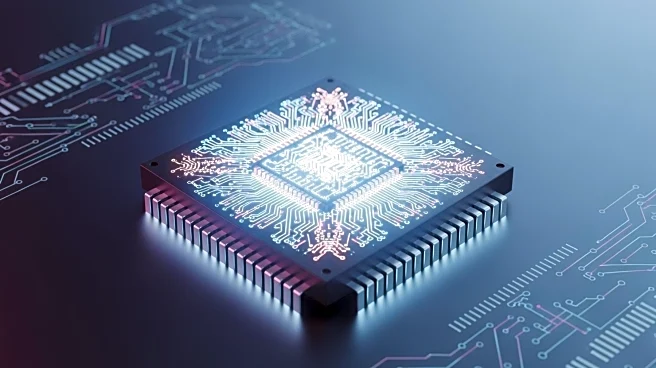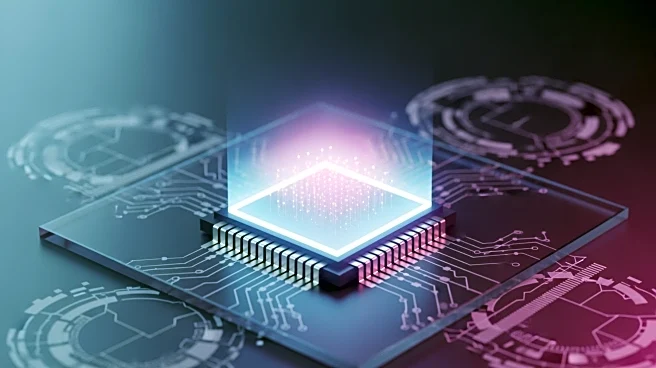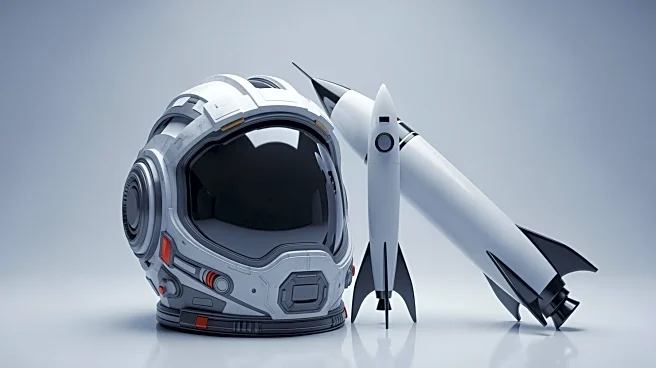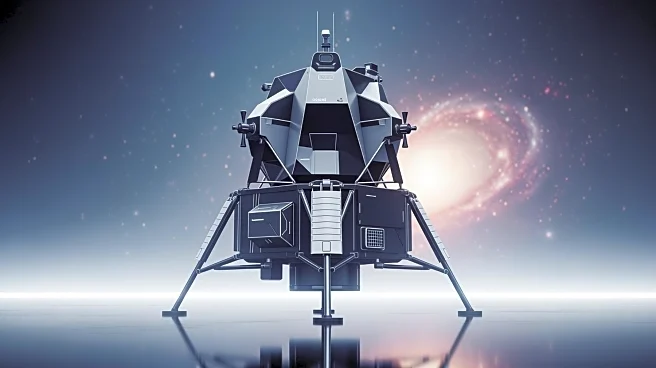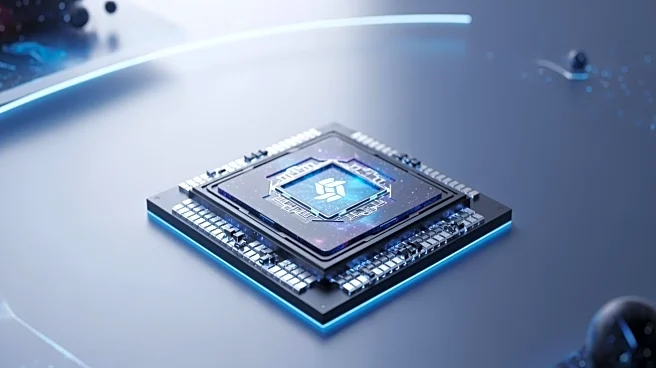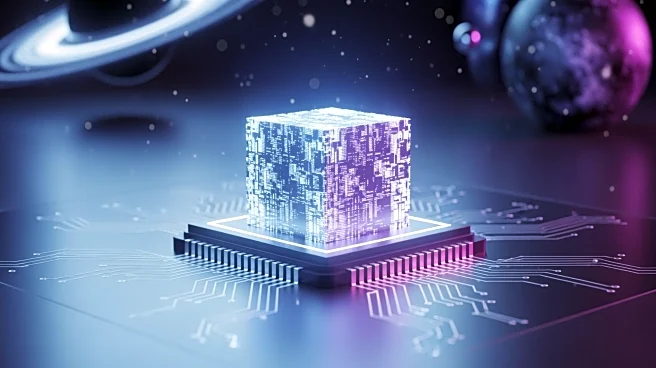What's Happening?
Researchers at Tsinghua University in China have developed a new imaging system called RAFAEL (Reconfigurable, Adaptive, FAst and Efficient Lithium-niobate spectro-imager) that promises to revolutionize
spectroscopy. This tiny device uses advanced photonics to capture light in exceptional detail and speed, potentially allowing scientists to see deeper into space and analyze the chemical makeup of materials more accurately. The RAFAEL chip integrates lithium niobate, a synthetic crystal with unique optical properties, onto a standard camera chip. By applying voltage, the system alters pixel behavior to encode different wavelengths of light, which are then decoded by computer algorithms into clear images. The chip has demonstrated twice the efficiency of comparable imagers, capturing high-resolution spectra of 5,600 stars in a single exposure. Although still a prototype, RAFAEL could pave the way for high-performance snapshot spectroscopy.
Why It's Important?
The development of the RAFAEL chip is significant for both space exploration and material science. By enhancing the capabilities of spectroscopy, researchers can map the universe with greater sensitivity and speed, potentially uncovering new astronomical phenomena. Additionally, the chip's ability to analyze materials quickly and accurately could benefit industries such as food safety, pharmaceuticals, and environmental monitoring. The integration of such advanced technology into everyday applications could lead to more efficient processes and improved safety standards. As the chip moves from prototype to practical use, it could transform how scientists and industries approach material analysis and space observation.
What's Next?
Before RAFAEL can be integrated into real-world devices, researchers aim to improve its computational efficiency and reduce system costs. These advancements are crucial for transitioning the chip from a laboratory prototype to a commercially viable product. As development continues, stakeholders in industries such as aerospace, healthcare, and environmental science may express interest in adopting this technology. The potential for RAFAEL to enhance existing systems and create new applications could drive further investment and research in photonics and spectroscopy.
Beyond the Headlines
The RAFAEL chip represents a shift towards miniaturization and integration in scientific instruments, which could lead to more accessible and portable technologies. This trend may democratize access to advanced analytical tools, allowing smaller institutions and companies to benefit from high-performance spectroscopy. Additionally, the ethical implications of improved material analysis, such as privacy concerns in environmental monitoring, may need to be addressed as the technology becomes widespread.
